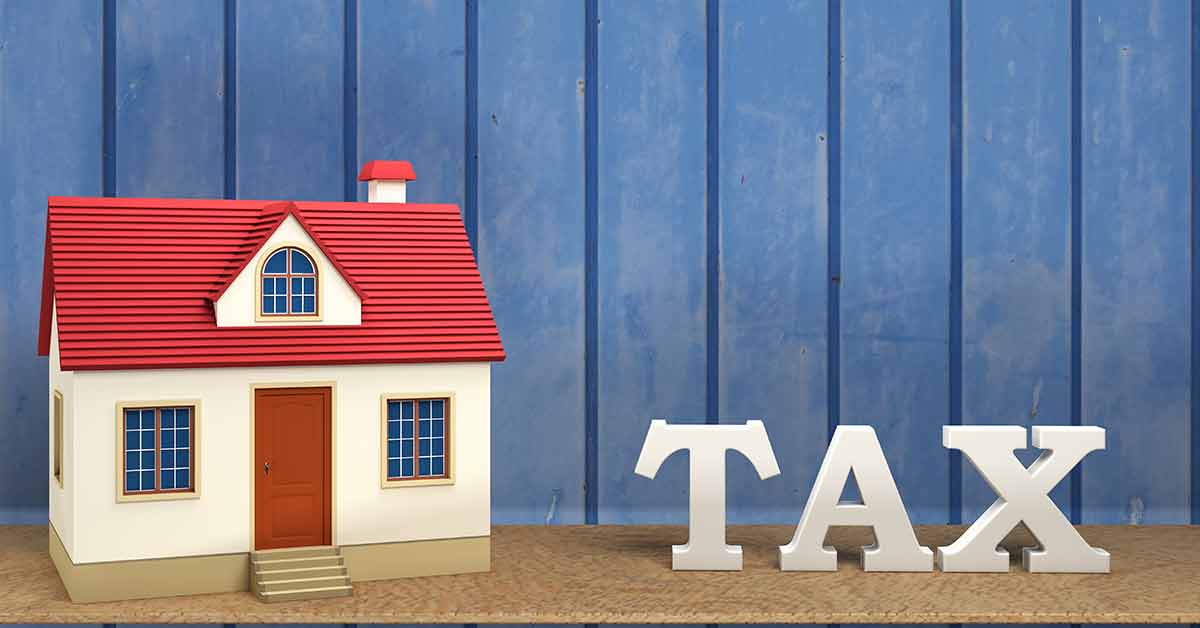The 2024-25 budget has introduced significant changes to the capital gains tax regime, particularly affecting immovable property such as real estate. These changes aim to simplify the tax structure and increase revenue from property transactions, with the government expecting an additional Rs. 60 billion from this new regime.
Proposed Changes for 2024-25:
Starting July 1, 2024, the government will implement a major overhaul in the capital gains tax system for assets, shares, and immovable property. The new system introduces a flat tax rate and eliminates the benefits associated with longer holding periods. The proposed changes are as follows:
- For assets acquired on or after July 1, 2024: A flat tax rate of 15% will be applied to all filers, regardless of the holding period.
- For non-filers: Tax will be imposed at standard slab rates ranging from 15% to 35%, irrespective of the holding period.
This uniform rate aims to simplify the tax system and potentially discourage speculative short-term investments in the property market.
Current Taxation Structure:
Under the current regime, capital gains from the disposal of immovable property are taxed based on the holding period. The longer the property is held, the lower the tax rate. The applicable tax rates are tiered as follows:
- 1 year holding period: 15%
- 2 years holding period: 12.5%
- 3 years holding period: 10%
- 4 years holding period: 7.5%
- 5 years holding period: 5%
- 6 years holding period: 2.5%
- After 6 years: 0%
This tiered approach encourages long-term holding of property by reducing the tax burden over time, thus taxing real-estate-related businessmen more than common citizens who sell property in times of need.
Comparison of Current and Proposed Tax Slabs:
| Holding Period | Current Tax Rate | Proposed Tax Rate (Filers) | Proposed Tax Rate (Non-Filers) |
|---|---|---|---|
| 1 year | 15% | 15% | 15% – 35% |
| 2 years | 12.5% | 15% | 15% – 35% |
| 3 years | 10% | 15% | 15% – 35% |
| 4 years | 7.5% | 15% | 15% – 35% |
| 5 years | 5% | 15% | 15% – 35% |
| 6 years | 2.5% | 15% | 15% – 35% |
| After 6 years | 0% | 15% | 15% – 35% |
Impact on Real Estate Transactions:
The shift to a flat 15% tax rate on immovable property aims to standardize the tax burden regardless of how long the property is held. This change will likely have several impacts:
- Increased Revenue: The government expects to raise an additional Rs. 60 billion in revenue due to this uniform tax rate.
- Investment Decisions: Investors may now reconsider their strategies, as holding property for longer periods no longer provides tax advantages.
- Market Dynamics: The change could lead to less frequent transactions, as the overall taxation is increasing for the market.
These adjustments aim to create a more straightforward tax system while increasing government revenue, though they may also impact investment behavior and market activity in the real estate sector.









